Lifestyle
King Charles III’s brief hospital stay reminds UK that monarch is still a cancer patient
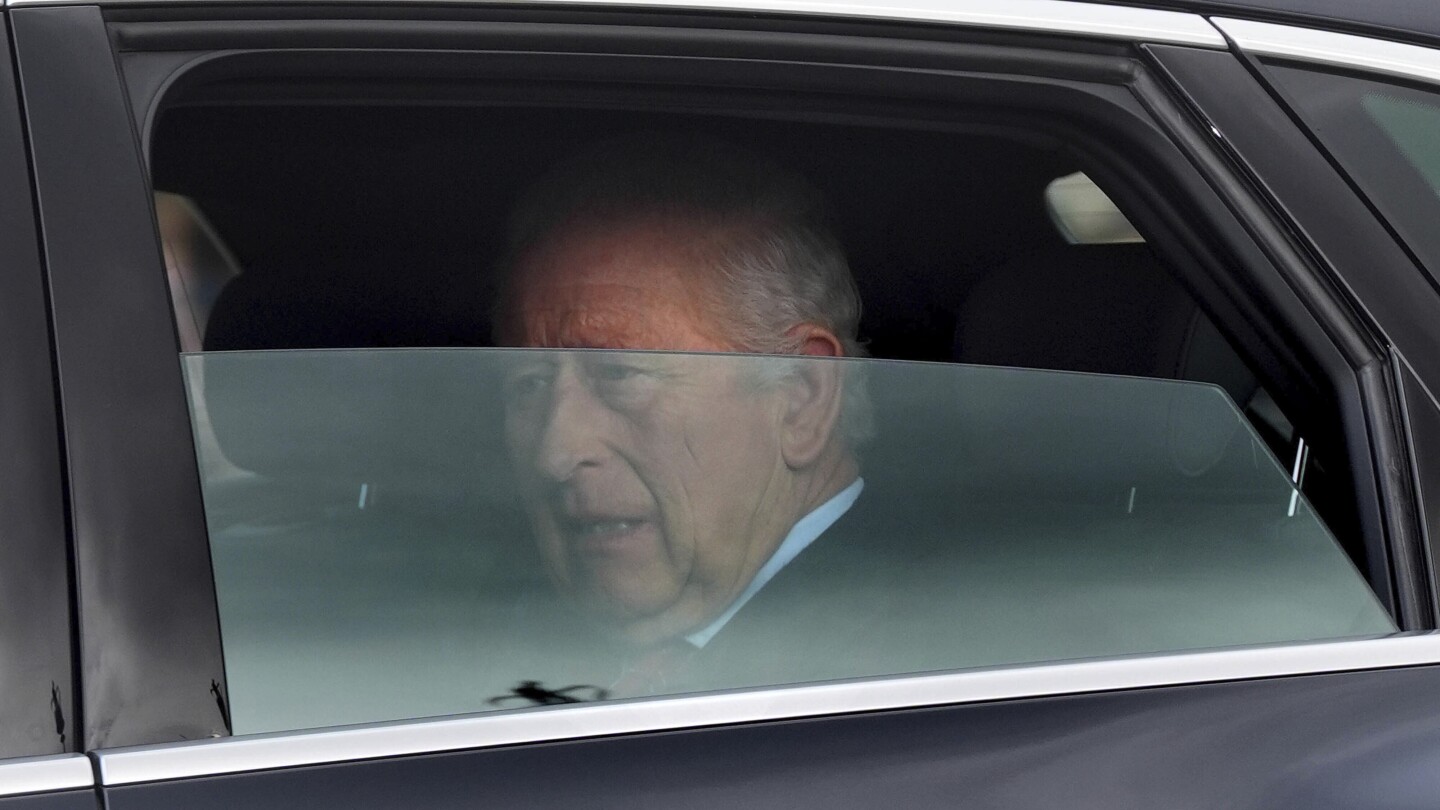
LONDON (AP) — King Charles III waved to well-wishers in central London on Friday as he headed for his country estate in western England a day after he was briefly hospitalized because of side effects from a scheduled cancer treatment.
Charles canceled planned engagements on Thursday afternoon and Friday on the advice of his doctors, Buckingham Palace said, without providing details about the “temporary side effects” that he experienced.
But the episode was a reminder that the king is 76 and continues to undergo treatment for an undisclosed form of cancer diagnosed more than a year ago.
That reality has slipped away from the collective consciousness since last spring, when Charles returned to public duties after stepping away for almost three months to focus on his initial treatment and recovery. In the intervening months, he has attended D-Day commemoration events in France, presided over the State Opening of Parliament and even embarked on a nine-day visit to Australia and Samoa.
AP AUDIO: King Charles III’s brief hospital stay reminds UK that monarch is still a cancer patient
AP correspondent Charles de Ledesma reports King Charles III has been seen in public for first time since his brief hospitalization for the side effects from his cancer treatment.
But during the early stages of his treatment, Charles continued fulfilling his constitutional duties as head of state, including reviewing government papers and meeting with the prime minister.
Here’s a brief rundown of what we know about the king’s health.
What happened?
The king went to the London Clinic on Thursday morning for a scheduled cancer treatment. The clinic is a private hospital in central London, where Charles has been receiving treatment since his diagnosis in February 2024.
“Following scheduled and ongoing medical treatment for cancer this morning, the king experienced temporary side effects that required a short period of observation in hospital,” Buckingham Palace said in a statement. “His majesty’s afternoon engagements were therefore postponed.”
The king then returned to his home at Clarence House, where he reviewed papers and made calls, the palace said. Queen Camilla didn’t join him at the hospital.
“His majesty would like to send his apologies to all those who may be inconvenienced or disappointed as a result,” the palace said in a statement.
Will this affect future events?
The king is expected to press ahead with his work in the coming days, including a state visit to Italy scheduled for early April.
Why did the palace decide to reveal this information?
Palace officials have recognized that it’s better to release some information about the king’s health, rather than allow media speculation to fill the void when he’s forced to cancel scheduled events.
But they have tried to walk a fine line, seeking to balance the public’s legitimate interest in the health of the head of state with Charles’ right to privacy.
This was seen first in January 2024, when the palace announced Charles was being treated for an enlarged prostate, followed by the cancer diagnosis a few weeks later.
The decision to talk about the king’s health issues marked a departure from past palace protocols. For example, when Queen Elizabeth II began missing events toward the end of her life, royal officials repeatedly said that she was suffering from “mobility issues,” without providing further details. Her death certificate listed the cause as “old age.”
The public was unaware that Charles’ grandfather, King George VI, had lung cancer before his death in February 1952 at the age of 56. Some historians suggest that even the king wasn’t told about the gravity of his condition.
Charles’ decision to break with the past has paid dividends
Health authorities have applauded the king’s openness, saying his disclosures saved lives by encouraging thousands of men to have prostate exams.
Royal experts say Charles’ candor has also brought him closer to the public by demonstrating that he faces the same kinds of challenges that they do. Health is, after all, the great leveler.
Why is Charles doing so much?
Charles’ busy schedule is a reminder that this is a man who waited around seven decades to become monarch and he wants to make the most of it.
The king has been open about his desire to demonstrate that the monarchy still has a role to play as a symbol of unity and tradition in the sometimes fractious, multicultural nation that is 21st-century Britain.
And the job of a modern king is to take part in a whirl of public events, from the pageantry of state occasions when he wears the crown and rides through the streets of London in a horse-drawn carriage to more mundane appearances such as opening public buildings or handing out awards for public service.
Charles took part in 372 public engagements last year, even after stepping aside for almost three months because of cancer treatment, according to data compiled by The Times of London newspaper. That made him the second-busiest royal behind his sister, Princes Anne, who had 474 engagements.
Charles has long been known as a workaholic, and Queen Camilla said last year that he “won’t slow down and won’t do what he’s told.” During her Reading Room literary festival in July, the queen told author Lee Child that her husband was “doing fine,” but hadn’t heeded her advice to curtail his schedule.
Prince Harry once said that his father worked so hard that he would fall asleep at his desk and wake up with bits of paper stuck to his face.
What are royal experts saying?
The king’s busy schedule has obscured the fact that he is an older man with cancer, said Robert Hardman, author of “Charles III: New King, New Court, the Inside Story.”
“We’ve seen him go back to normal,” Hardman told the BBC on Friday.
“I think this is sort of a reminder that this is a head of state undergoing treatment for cancer, because I think a lot of us tended to forget it.”
Lifestyle
A morning routine can set you on the path to a better day
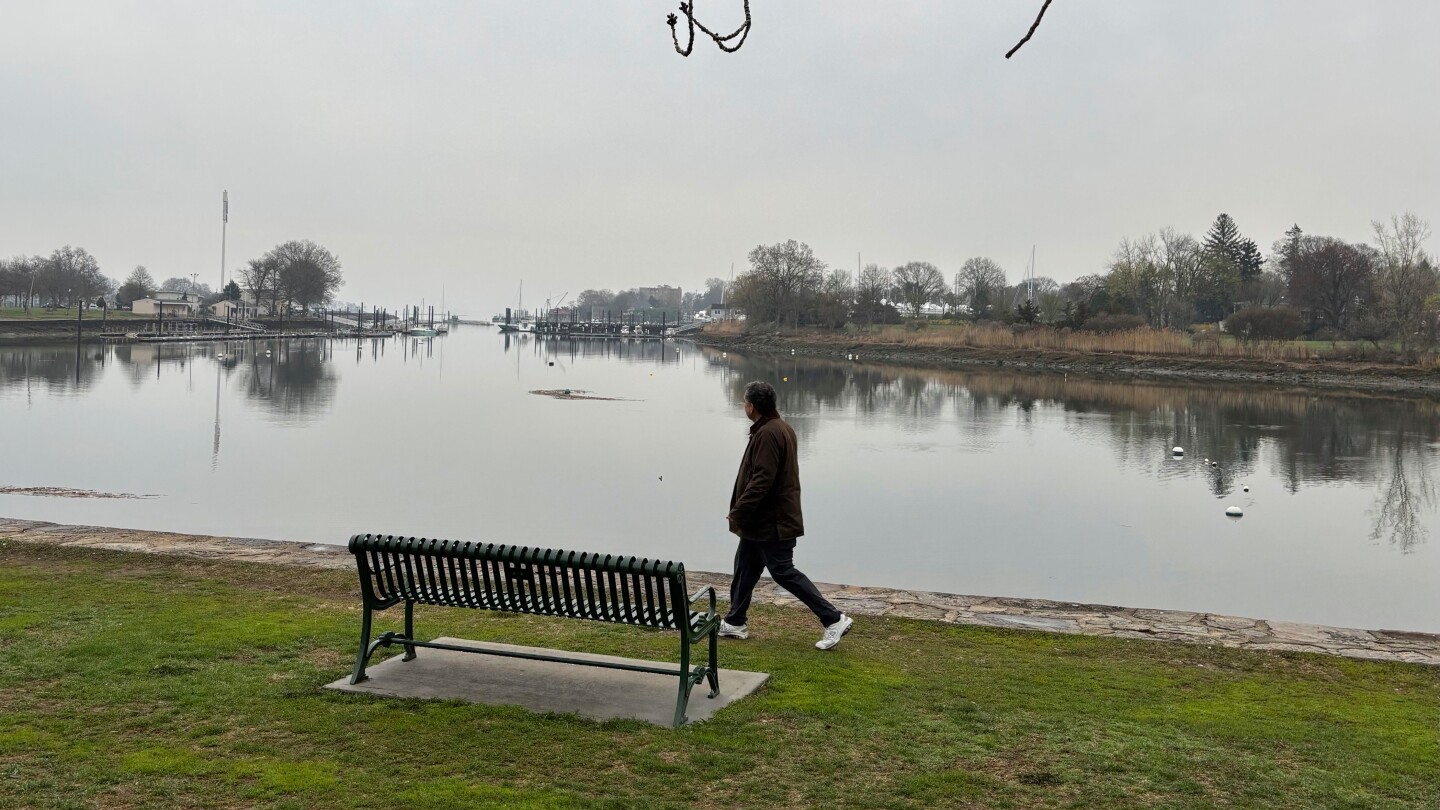
Starting with brushing his teeth before 4 a.m., influencer Ashton Hall says he also swims, meditates, journals, rubs his face with banana peel, lifts weights, submerges his face in ice water and accomplishes much more every day before breakfast around 9:30.
A video of his morning routine has racked up millions of views on social media, while sparking reactions that range from disbelief to awe. It also jumpstarted the conversation online about how best to start the day, even if a six-hour regimen is ambitious to say the least.
Don’t worry, said Kamalyn Kaur, a psychotherapist in Cheshire, England. You don’t need to start your day with dozens of activities to improve it. But she said it is a good idea to reevaluate how you get going because setting up a relaxed, structured morning will pay dividends for your energy and mood.
“It just sets the tone for the rest of your day,” said Kaur, an anxiety expert who advises new clients to start by reevaluating how they spend the morning. “If you set yourself up and you start your day properly, you start off feeling good, you feel organized.”
The case for establishing a morning routine
This article is part of AP’s Be Well coverage, focusing on wellness, fitness, diet and mental health. Read more Be Well.
As a professor of workplace psychology at The University of Oklahoma, Shawn McClean has spent years studying how work life is influenced by the rest of your life.
He said accomplishing tasks in the same order every morning is helpful because people have limited mental bandwidth before they have to recharge. The brain subconsciously reserves resources for tasks that require higher-level thinking, so routines are a type of mental shortcut.
“We’re cognitive misers,” McClean said. “We don’t like to use our mental energy on things that aren’t important.”
His research has found that employees perform better and are more calm throughout the day when they complete their morning regimen uninterrupted. Conversely, employees with disruptive mornings report higher levels of mental depletion late in the day.
“When it comes to routine disruptions, it throws off your whole day,” he said on a day when he was playing catch-up after having forgotten about his daughter’s show-and-tell. “You get to work and you realize you didn’t brush your teeth.”
What is a “good” morning routine?
Most people already have some kind of routine in place, but few consciously decided on it before it became automatic, McLean said.
It’s hard to define what a good routine is, and there is no formula that is best for everyone.
“It’s going to be idiosyncratic to each person,” McLean said. “It’s what helps them function. Now, can we have destructive routines? Yes.”
Rushing around in the morning to shower, eat and get out the door just on time is an example of a destructive morning routine, Kaur said. The stress of a rushed morning produces extra cortisol, which is a necessary hormone that helps regulate the circadian rhythm, she said. It’s what naturally wakes you up and makes you alert in the morning.
Too much cortisol in the bloodstream, however, creates a feeling of restlessness and anxiety that can be similar to drinking coffee on an empty stomach, Kaur said.
Where should you start?
People who often have hectic mornings should consider setting their alarm 30 minutes earlier — and resist the urge to hit the snooze button, Kaur said. For many people, snoozed sleep is disrupted sleep that might leave you more groggy.
Kaur recommends adding at least two or three quick activities to your morning that have been shown to improve mood — starting with making your bed. Research shows that clutter foments anxiety, and completing a task first thing in the morning promotes the secretion of the feel-good hormone dopamine, she said.
Next, have a glass of water. If you’ve gotten a full night’s sleep, you’ll likely be slightly dehydrated after not consuming liquids for eight hours. And try delaying caffeine until after eating to avoid being jittery.
At some point within the first hour of waking up, expose yourself to natural light, preferably by taking a quick walk, Kaur said. Even if it’s cloudy, daylight is another trigger for the circadian rhythm that promotes alertness first thing in the morning.
“These habits are important,” she said. “It gives you the optimum chance and the optimum conditions to function better throughout the rest of your day.”
EDITOR’S NOTE: Albert Stumm writes about wellness, food and travel. Find his work at https://www.albertstumm.com
Lifestyle
A rustic dish of baked beans and smoked sausages has deep, aromatic flavors
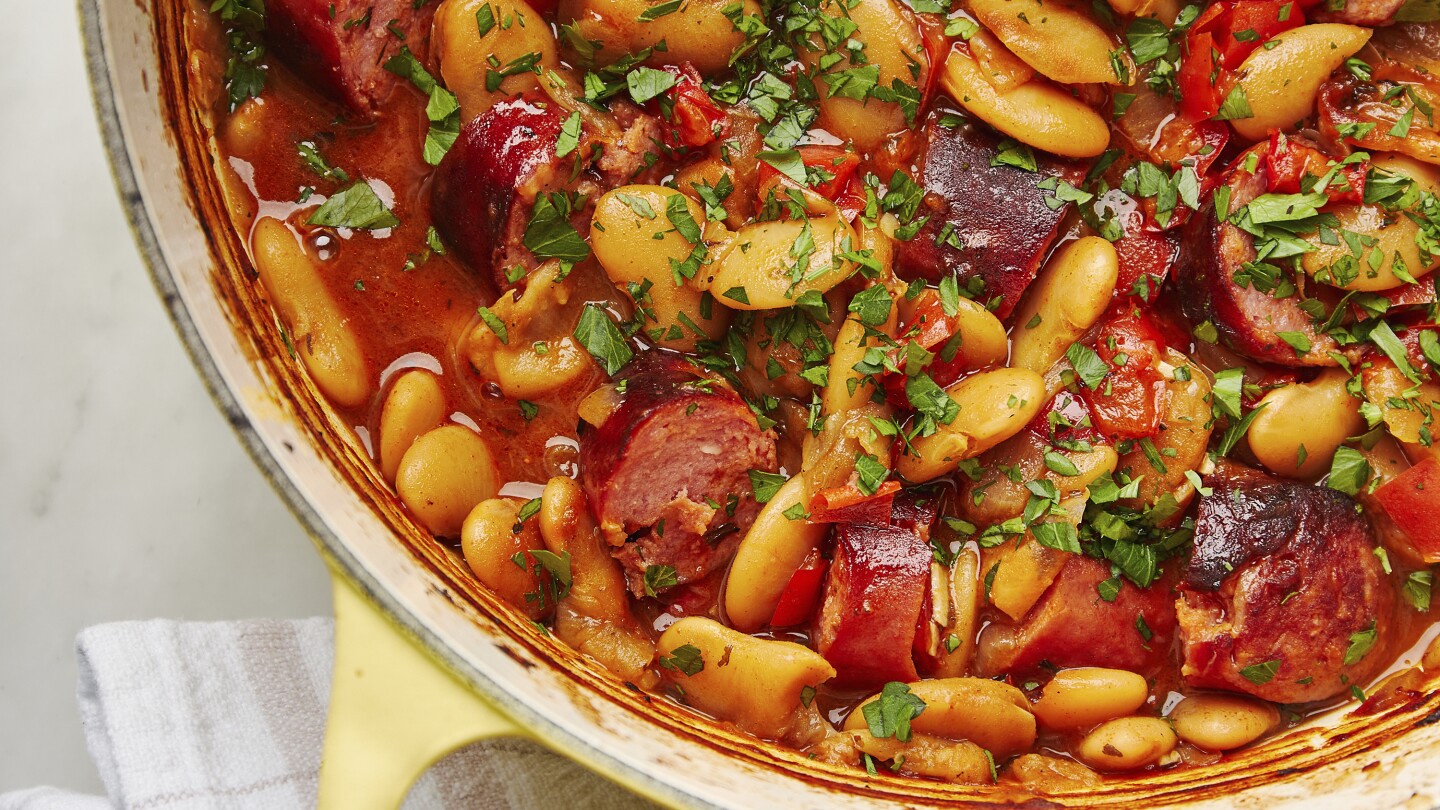
Tavče gravče, which translates as “beans in a pan,” is a Macedonian classic. Traditionally, large dried white beans called tetovac, named for a city in northwestern Macedonia, are the star of the rustic dish, while onions, garlic, peppers and paprika provide deep, rich flavor and color.
In this recipe from our cookbook “ Milk Street 365: The All-Purpose Cookbook for Every Day of the Year,” we opted for the convenience of canned butter beans, which are plump, creamy and the best widely available alternative to tetovac beans. If butter beans are difficult to find, cannellini beans work, too.
Combined with sautéed aromatics and baked for an hour with smoked sausages, the beans turn silky-soft and deeply flavorful. Both kielbasa and bratwurst work well. Optional dried mint adds sweet, woody notes that balance the richer flavors.
Don’t forget to reserve 1½ cups of the bean liquid before draining the cans. The liquid is added to the pot and keeps the beans plump and moist during baking. If the amount of liquid from the cans comes up short, make up the difference with water. To ensure enough liquid evaporates during cooking, use a Dutch oven with a wide diameter, ideally between 11 and 12 inches. Finish with chopped flat leaf parsley and serve with crusty bread on the side.
Baked White Beans and Sausages with Paprika, Onions and Sweet Peppers
Start to finish: 1 hour 50 minutes (20 minutes active)
Servings: 6
Ingredients:
4 tablespoons grapeseed or other neutral oil, divided
2 medium yellow onions, chopped
2 medium red bell peppers, stemmed, seeded and chopped
Kosher salt and ground black pepper
6 medium garlic cloves, thinly sliced
4 teaspoons sweet paprika
1½ teaspoons dried mint (optional)
Three 15½-ounce cans butter beans (1½ cups liquid reserved), rinsed and drained
2 dried árbol chilies OR ¼ teaspoon red pepper flakes
1 to 1¼ pounds smoked sausage, such as kielbasa or bratwurst
¼ cup lightly packed fresh flat-leaf parsley, chopped
Instructions:
Heat the oven to 400°F with a rack in the lower-middle position. In a large Dutch oven over medium-high, heat 3 tablespoons of the oil until shimmering. Add the onions, bell peppers and 1 teaspoon salt; cook, stirring occasionally, until lightly browned, 8 to 10 minutes.
Add the garlic, paprika, mint (if using) and ½ teaspoon pepper; cook, stirring, until fragrant, about 1 minute. Stir in the beans and reserved liquid, árbol chilies and 1½ cups water. Bring to a simmer, stirring occasionally, then nestle the sausages into the pot and drizzle the surface with the remaining 1 tablespoon oil. Transfer to the oven and bake, without stirring, until the sausages are browned and the beans on the surface are slightly crisped, 1 to 1¼ hours.
Remove the pot from the oven and let stand, uncovered, for about 15 minutes; the bean mixture will thicken as it cools. Transfer the sausages to a cutting board. Cut them into pieces, return them to the pot and stir into the beans. Remove and discard the árbol chilies (if used). Taste and season with salt and pepper, then sprinkle with the parsley. Serve from the pot.
EDITOR’S NOTE: For more recipes, go to Christopher Kimball’s Milk Street at 177milkstreet.com/ap
Lifestyle
Tariff-related price increases for new clothes may increase demand for used ones
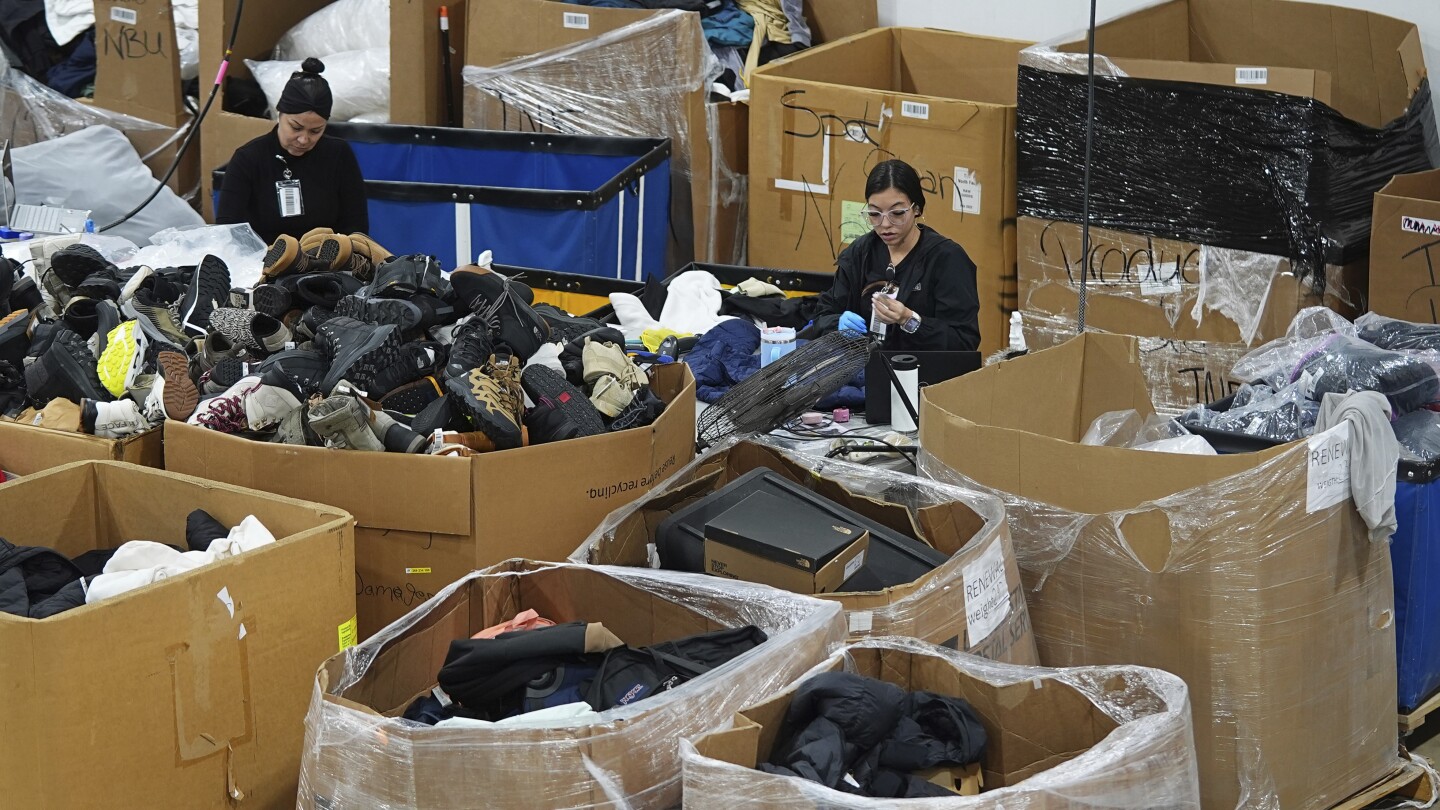
NEW YORK (AP) — Stores selling secondhand clothes, shoes and accessories are poised to benefit from President Donald Trump’strade war even as businesses the world over race to avert potential damage, according to industry experts.
American styles carry international influence, but nearly all of the clothing sold domestically is made elsewhere. The Yale University Budget Lab last week estimated short-term consumer price increases of 65% for clothes and 87% for leather goods, noting U.S. tariffs “disproportionately affect” those goods.
Such price hikes may drive cost-conscious shoppers to online resale sites, consignment boutiques and thrift stores in search of bargains or a way to turn their wardrobes into cash. Used items cost less than their new equivalents and only would be subject to tariffs if they come from outside the country.
“I think resale is going to grow in a market that is declining,” said Kristen Classi-Zummo, an apparel industry analyst at market research firm Circana. “What I think is going to continue to win in this chaotic environment are channels that bring value.”
The outlook for preowned fashion nevertheless comes with unknowns, including whether the president’s tariffs will stay long enough to pinch consumers and change their behavior. It’s also unclear whether secondhand purveyors will increase their own prices, either to mirror the overall market or in response to shopper demand.
A new audience courtesy of sticker shock
Jan Genovese, a retired fashion executive, sells her unwanted designer clothes through customer-to-customer marketplaces like Mercari. If tariffs cause retail prices to rise, she would consider high-end secondhand sites.
“Until I see it and really have that sticker shock, I can’t say exclusively that I’ll be pushed into another direction,” Genovese, 75, said. “I think that the tariff part of it is that you definitely rethink things. And maybe I will start looking at alternative venues.”
The secondhand clothing market already was flourishing before the specter of tariffs bedeviled the U.S. fashion industry. Management consulting firm McKinsey and Co. predicted after the COVID-19 pandemic that global revenue from preowned fashion would grow 11 times faster than retail apparel sales by this year as shoppers looked to save money or spend it in a more environmentally conscious way.
While millennials and members of Generation Z were known as the primary buyers of used clothing, data from market research firm Sensor Tower shows the audience may be expanding.
The number of mobile app downloads for nine resale marketplaces the firm tracks — eBay, OfferUp, Poshmark, Mercari, Craigslist, Depop, ThredUp, TheRealReal and Vinted — increased by 3% between January and the end of March, the first quarterly gain in three years, Sensor Tower said.
The firm estimates downloads of the apps for eBay, Depop, ThredUp and The RealReal also surged compared to a year earlier for the week of March 31, which was when Trump unveiled since-paused punitive tariffs on dozens of countries.
Circana’s Classi-Zummo said that while customers used to seek out collectible or unusual vintage pieces to supplement their wardrobes, she has noticed more shoppers turning to secondhand sites to replace regular fashion items.
“It’s still a cheaper option” than buying new, even though retailers offer discounts, she said.
A tariff-free gold mine lurking in closets and warehouses
Poshmark, a digital platform where users buy and sell preowned clothing, has yet to see sales pick up under the tariff schedule Trump unveiled but is prepared to capitalize on the moment, CEO Manish Chandra said.
Companies operating e-commerce marketplaces upgrade their technology to make it easier to find items. A visual search tool and other improvements to the Poshmark experience will “pay long dividends in terms of disruption that happens in the market” from the tariffs, Chandra said.
Archive, a San Francisco-based technology company that builds and manages online and in-store resale programs for brands including Dr. Martens, The North Face and Lululemon, has noticed clothing labels expressing more urgency to team up, CEO Emily Gittins said.
“Tapping into all of the inventory that is already sitting in the U.S., either in people’s closets or in warehouses not being used,” offers a revenue source while brands limit or suspend orders from foreign manufacturers, she said.
“There’s a huge amount of uncertainty,” Gittins said. “Everyone believes that this is going to be hugely damaging to consumer goods brands that sell in the U.S. So resale is basically where everyone’s head is going.”
Stock analysts have predicted off-price retailers like TJ Maxx and Burlington Stores will weather tariffs more easily than regular apparel chains and department stores because they carry leftover merchandise in the U.S.
Priced out of the previously owned market
Still, resale vendors aren’t immune from tariff-induced upheavals, said Rachel Kibbe, founder and CEO of Circular Services Group, a firm that advises brands and retailers on reducing the fashion industry’s environmental impact.
U.S. sellers that import secondhand inventory from European Union countries would have to pay a 20% duty if Trump moves forward with instituting “reciprocal” tariffs on most trading partners and eliminates an import tax exception for parcels worth less than $800, Kibbe said.
A circular fashion coalition she leads is seeking a tariff exemption for used and recycled goods that will be offered for resale, Kibbe said. Trump already ended the duty-free provision for low-value parcels from China, a move that may benefit sellers of secondhand clothing by making low-priced Chinese fashions pricier, she said.
James Reinhart, co-founder and CEO of the online consignment marketplace ThredUp, said the removal of the “de minimis” provision and the 145% tariff Trump put on products made in China would benefit businesses like his. He doubts creating resale channels would make a big difference for individual brands.
“Brands will explore this and they may do more, but I don’t see them massively changing their operations,” Reinhart said. “I think they’re going to be figuring out how to survive. And I don’t think resale helps you survive.”
Rebag, an online marketplace and retail chain that sells used designer handbags priced from $500 to tens of thousands of dollars, expects tariffs to help drive new customers and plans to open more physical stores, CEO Charles Gorra said.
Gorra said the company would analyze prices for new luxury goods and adjust what Rebag charges accordingly. The two historically rose in tandem, but Rebag could not match Chanel’s 10% price increase last year because of lower resale demand, Gorra said.
“That has nothing to do with the tariffs,” he said. “Consumers are feeling priced out.”
Norah Brotman, 22, a senior at the University of Minnesota, buys most of her own clothes on eBay. She also thrifts fashions from the 1990s and early 2000s at Goodwill stores and resells them on Depop.
If tariffs upend the economics of fast fashion and discourage mindless consumption, Brotman would count that as a plus.
“I would love if this would steer people in a different direction,” she said.
-
Asia2 days ago
Hong Kong’s oldest Democratic Party is shutting down as Beijing leaves no room for dissent
-

 Europe2 days ago
Europe2 days agoRussia Ukraine truce: The real strategy behind Russia’s sudden truce announcement
-

 Middle East2 days ago
Middle East2 days agoUS attacks Yemen again after at least 80 people killed in Hodeidah | Israel-Palestine conflict News
-
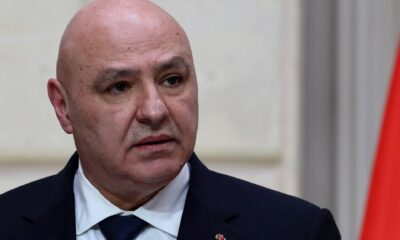
 Middle East1 day ago
Middle East1 day agoLebanese president says disarming Hezbollah ‘delicate’ as Israel kills two | Israel attacks Lebanon News
-

 Middle East1 day ago
Middle East1 day agoThe Hawaii of Israel: How Trump legitimised a longstanding Israeli vision | Israel-Palestine conflict
-

 Europe1 day ago
Europe1 day agoStart your week smart: Earth Day, Pope Francis, Alien Enemies Act, Ukraine-Russia truce, ‘50501’ protests
-

 Middle East1 day ago
Middle East1 day agoThousands gather for centuries-old Holy Fire ceremony in Jerusalem | Jerusalem News
-

 Sports1 day ago
Sports1 day agoVaibhav Suryavanshi, 14, makes history in sensational debut as youngest ever player in Indian Premier League history




